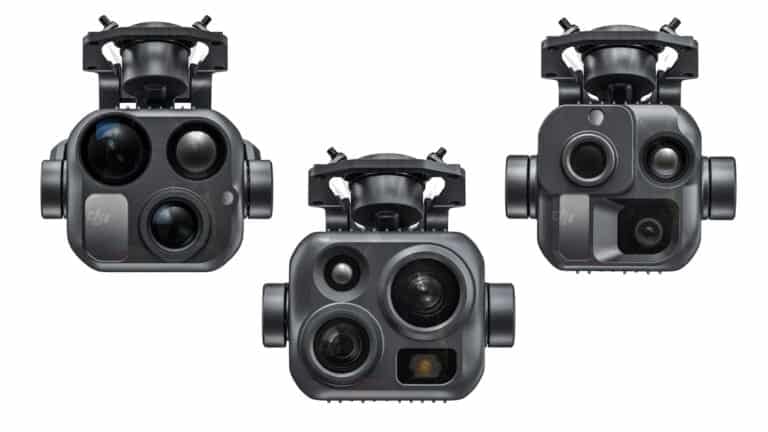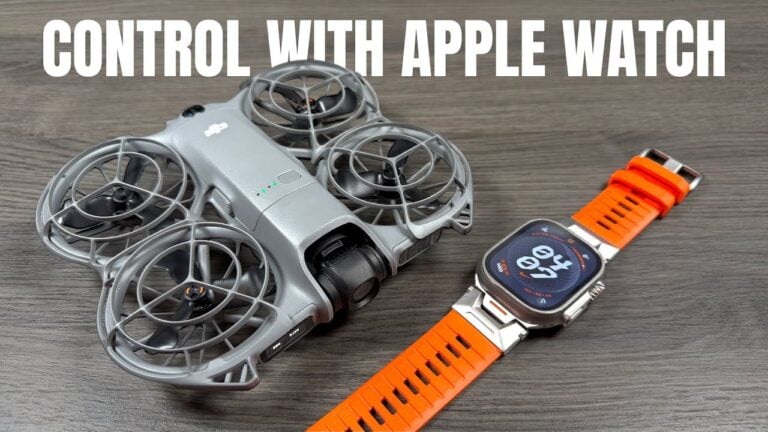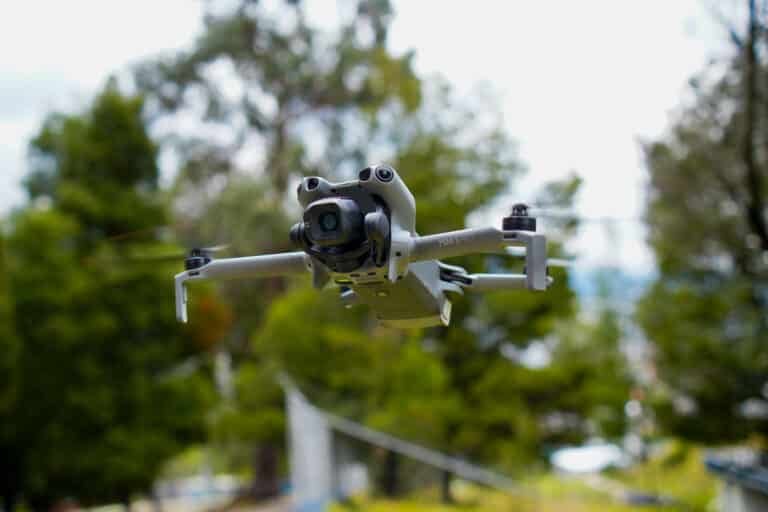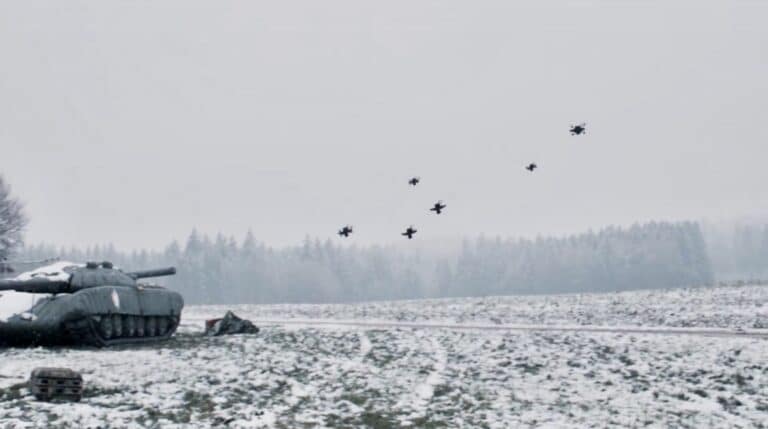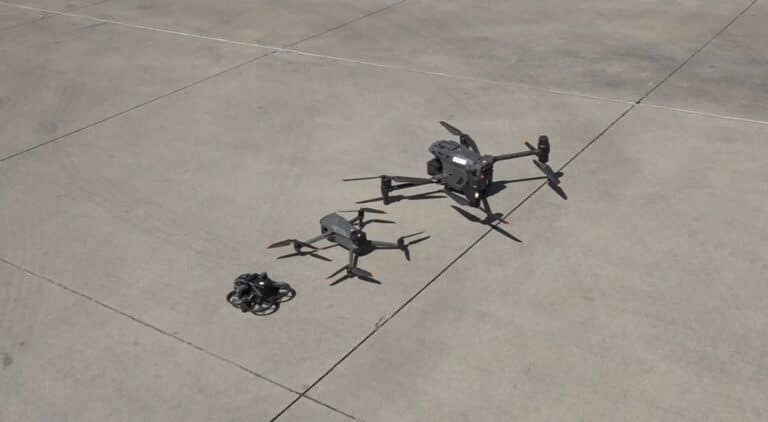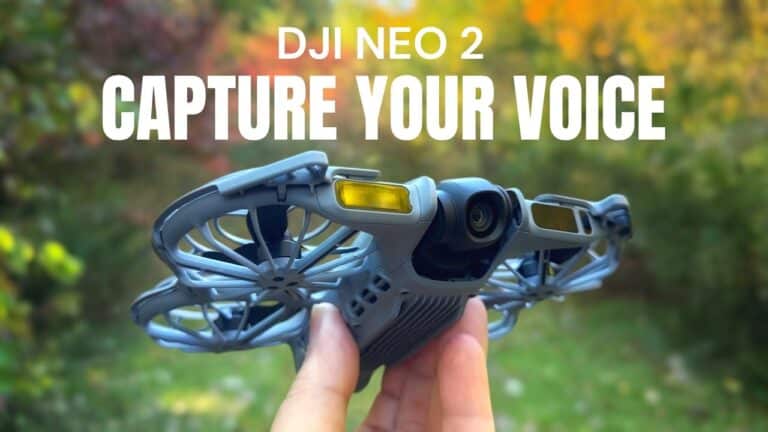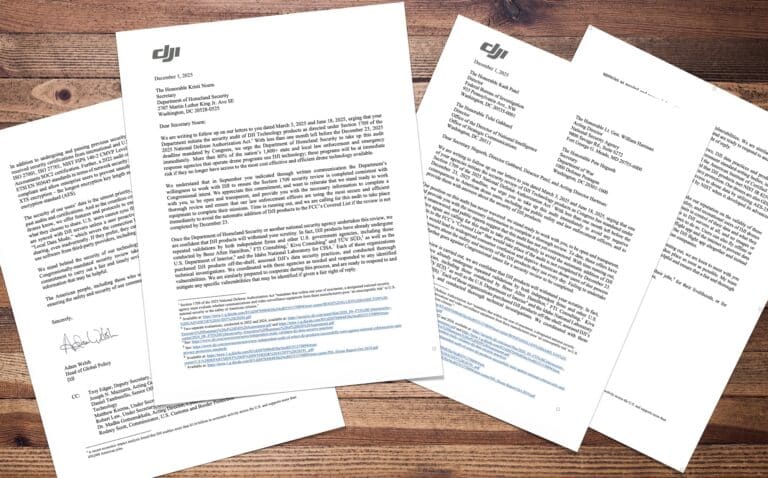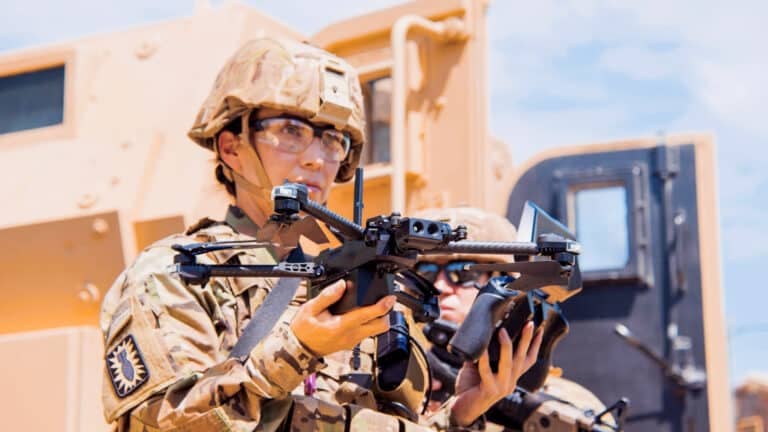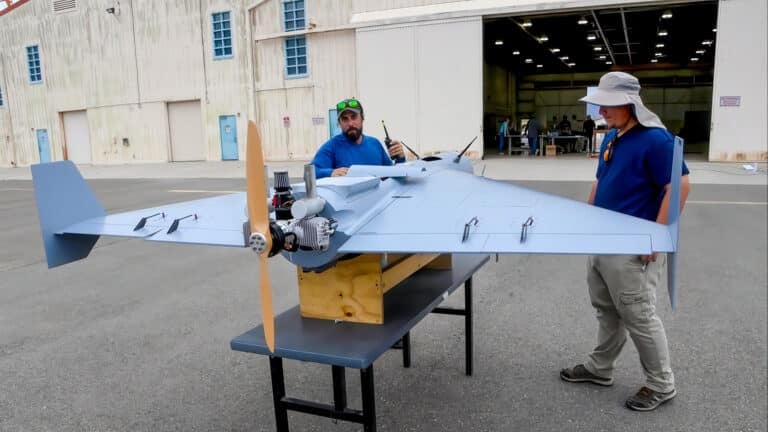Taiwan Bolsters Drone Defense Amid U.S.-China Tensions: A Push for Tech Independence

Amazon Drone Deals: DJI Mini 5 Pro Fly More Combo with DJI RC2 now for $1,099!
Taiwan is accelerating its drone development to counter rising threats from China, leveraging trade tensions between Beijing and the U.S. to build a more self-reliant drone industry. According to a recent Bloomberg report, Taiwan is tapping into European markets and securing domestic contracts to reduce dependency on Chinese components, a move that could reshape its military and economic landscape.
Taiwan’s Strategic Drone Expansion
Taiwan’s military currently holds a modest stockpile of around 1,000 drones, a figure dwarfed by China’s estimated tens of thousands, as noted in the Bloomberg article. The urgency to scale up is driven by China’s frequent military drills around the island, with exercises encircling Taiwan since 2022. To address this gap, Taiwan awarded six contracts worth $212 million in August 2024 to private companies, stipulating that the resulting military drones must exclude Chinese components. A second round of similar contracts is now underway, signaling a concerted effort to bolster aerial defenses.
The push isn’t just about quantity. Taiwan’s drones need to meet specific operational demands, such as crossing the 130-kilometer (80-mile) Taiwan Strait. Jack Chen, director of Formosa Defense Vision, emphasized the need for drones that are “more windproof and have a longer range” to navigate these challenging conditions. Companies like Thunder Tiger Group are developing advanced systems, including piloted helicopters, unmanned underwater vehicles capable of diving to 300 meters (980 feet), and multi-rotor drones equipped with AI facial recognition.

Anatomy of Taiwan’s Drone Challenges
A key hurdle for Taiwan is its reliance on foreign drone components. The Bloomberg article includes a detailed diagram highlighting parts like propellers, motors, and flight control units, which are sourced locally, while critical components such as gimbals—used to stabilize cameras during high-speed flight—are still imported. One Taiwanese manufacturer noted they now source gimbals from Israel at ten times the cost of Chinese alternatives, underscoring the economic trade-offs of reducing dependency on China.
Coretronic Intelligent Robotics Corp., based in northwest Taiwan, is at the heart of these efforts. The company aims to deliver 3,000 surveillance and micro drones to the military in 2025. Andy Hsin, a business development manager at Coretronic, highlighted the industry’s struggles: “Currently, the industry has very low gross profit—it needs scale and stable supply.” Expanding into European markets, where Taiwan exported drones worth up to $2 million in January 2025, could help. Countries like Poland, Germany, and the Czech Republic are now key customers, a trend spurred by Foreign Minister Lin Chia-lung’s November 2024 visit to Europe with drone manufacturers.
Industry Trends and Economic Impacts
Taiwan’s drone sector is poised for growth, but it lags behind global leaders. Chinese firms produced over 3 million civilian drones in 2023, while Ukraine can manufacture 4 million military drones annually. Taiwan, aiming for 180,000 civilian drones per year by 2028, is playing catch-up. However, U.S.-China trade tensions are creating opportunities. Beijing’s restrictions on UAV component sales to the U.S. and Europe are pushing Taiwanese firms to seek alternative suppliers, a shift that could strengthen the island’s position in the global market.
Economically, scaling production could lower costs. Cathy Fang, a policy analyst at DSET, stated, “If Taiwan’s components can expand their sales into Europe, this would drive up domestic production volume. That would bring down component costs—and that’s going to boost Taiwan’s drone industry overall.” Increased volume could also attract larger players like TSMC or Foxconn, which have so far been hesitant to invest due to the small domestic market and low profit margins.
Operational and Regulatory Implications
Operationally, Taiwan is diversifying its drone capabilities. The military uses fixed-wing drones for reconnaissance and strikes, single-rotor drones for target acquisition, and multi-rotor drones for surveillance in confined areas. Fixed-wing hybrids, still in development, promise longer ranges with vertical take-off capabilities. These advancements are crucial as Taiwan prepares for potential conflict, with the U.S. urging the island to turn the Taiwan Strait into a “hellscape” filled with drones targeting China’s People’s Liberation Army, according to Admiral Samuel Paparo of the Indo-Pacific Command.
On the regulatory front, Taiwan’s contracts banning Chinese components reflect a broader push for tech independence. This aligns with global trends, as countries increasingly prioritize domestic supply chains for critical defense technologies. However, the higher cost of non-Chinese components poses a challenge, potentially slowing production unless export markets can offset expenses.
Taiwan’s drone ambitions highlight a critical juncture for its defense and tech sectors. By reducing reliance on China and tapping into European demand, the island is positioning itself as a rising player in the global drone industry, even as it faces formidable challenges in scale and cost.
Photos courtesy of Digitimes.
Discover more from DroneXL.co
Subscribe to get the latest posts sent to your email.
Check out our Classic Line of T-Shirts, Polos, Hoodies and more in our new store today!

MAKE YOUR VOICE HEARD
Proposed legislation threatens your ability to use drones for fun, work, and safety. The Drone Advocacy Alliance is fighting to ensure your voice is heard in these critical policy discussions.Join us and tell your elected officials to protect your right to fly.
Get your Part 107 Certificate
Pass the Part 107 test and take to the skies with the Pilot Institute. We have helped thousands of people become airplane and commercial drone pilots. Our courses are designed by industry experts to help you pass FAA tests and achieve your dreams.

Copyright © DroneXL.co 2025. All rights reserved. The content, images, and intellectual property on this website are protected by copyright law. Reproduction or distribution of any material without prior written permission from DroneXL.co is strictly prohibited. For permissions and inquiries, please contact us first. DroneXL.co is a proud partner of the Drone Advocacy Alliance. Be sure to check out DroneXL's sister site, EVXL.co, for all the latest news on electric vehicles.
FTC: DroneXL.co is an Amazon Associate and uses affiliate links that can generate income from qualifying purchases. We do not sell, share, rent out, or spam your email.




